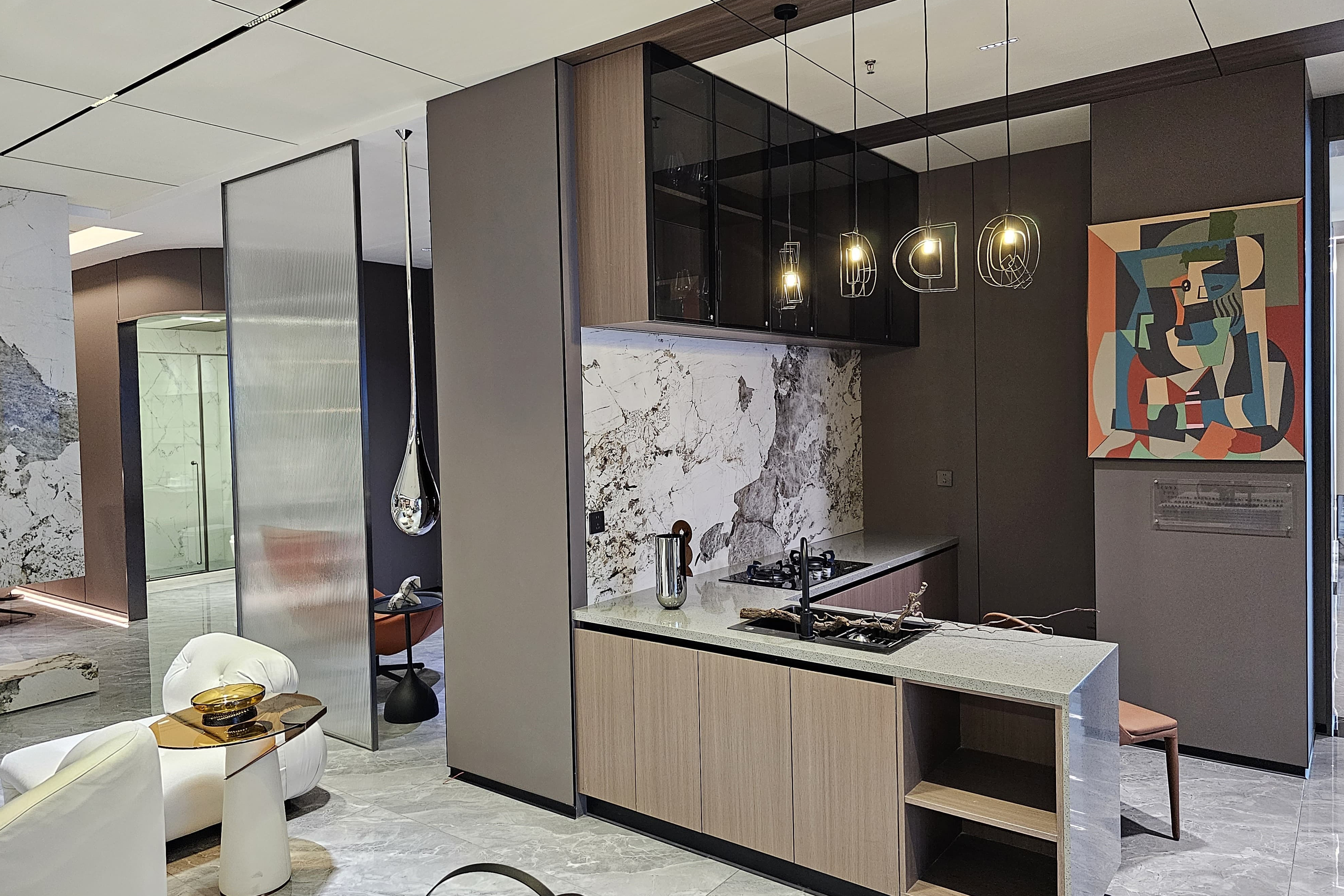
The Process of Manufacturing WPC Boards: From Waste to Wonder
WPC boards, or Wood-Plastic Composite boards, are a green and strong choice instead of regular wood products. They are especially popular in places like Kerala that care about the environment. They are changing the way buildings and construction are done. What makes these boards special is how they are made, using waste to create useful material for things like decking, fencing, and cladding. Here is a simple guide on how these boards are made.
Material Selection and Preparation
Raw materials with which the journey of the boards begins include:
Wood Waste: Any by-products obtained from sawdust, wood chips, or wood flour from a sawmill or a woodworking industry.
Plastics: Recycled plastics are generally polyethylene, polypropylene, or PVC materials from post-consumer or industrial waste streams.
This combination also decreases landfill waste but preserves precious natural resources. For improving the strength, appearance, and resistance against the outer world, additives include stabilizers, UV inhibitors, and colorants.
Compounding: The Art of Blending
Wood particles, with plastics added to it, undergo compounding. Strictly controlled conditions allow the wood and plastic particles to blend into each other perfectly. This step of compounding will give the homogeneous mixture required for boards of very high quality.
Compounding also allows manufacturers to perfect the composition, balancing the natural feel of wood with the durability of plastic. The outcomes? A material that resists rot, pests, and moisture while maintaining the look.
Extrusion: Shaping the WPC Boards
After that, the mixture is pushed through an extruder. In order to create the required profiles for the boards, the mixture is heated and forced through a mould.
The process allows for continuous extrusion, meaning it is also efficient for massive production.
It also gives flexibility in designing boards of different sizes, textures, and finishes to suit different applications.
In regions like Kerala, where the humidity may influence the traditional wood, but these boards are not affected by moisture, an essential feature for long-lasting performance.
Cooling and Solidifying
The newly formed boards are cooled after extrusion to harden the structure. This will prevent warping and maintain the dimensionality. Proper cooling helps with the board strength and durability. Hence appropriate for high-stress applications.
Cutting, Finishing, and Quality Control
Once set, the boards are cut to desired lengths and are subjected to various finishing processes:
Sanding: It smooths the surface to make it look good. Embossing: Adding textures that imitate natural wood grain. Coating: Applied for protection and visual effect.
The boards also undergo tests for mechanical strength, moisture resistance, and the surface finish so that each component meets the relevant industry standards or customer expectations.
WPC Boards in Kerala: A Sustainable Choice
WPC boards are extensively used in Kerala as they are an eco-friendly building material and can withstand the humid climate of the region. They are eco-friendly and multi-functional for indoor and outdoor use through recycling and innovation.
Conclusion
From waste to wonder, the manufacturing process of the boards exemplifies how innovation can drive sustainability. With wood waste and recycled plastics combined, these boards reduce environmental impact while delivering unmatched durability and aesthetics. Both in Kerala and beyond, these boards are leading the way for a greener, more sustainable future in construction and design.
And Denwud has become the tag bearer for a sustainable country with our productions. Choose your materials from Denwud to choose them wisely.
Recent Blogs
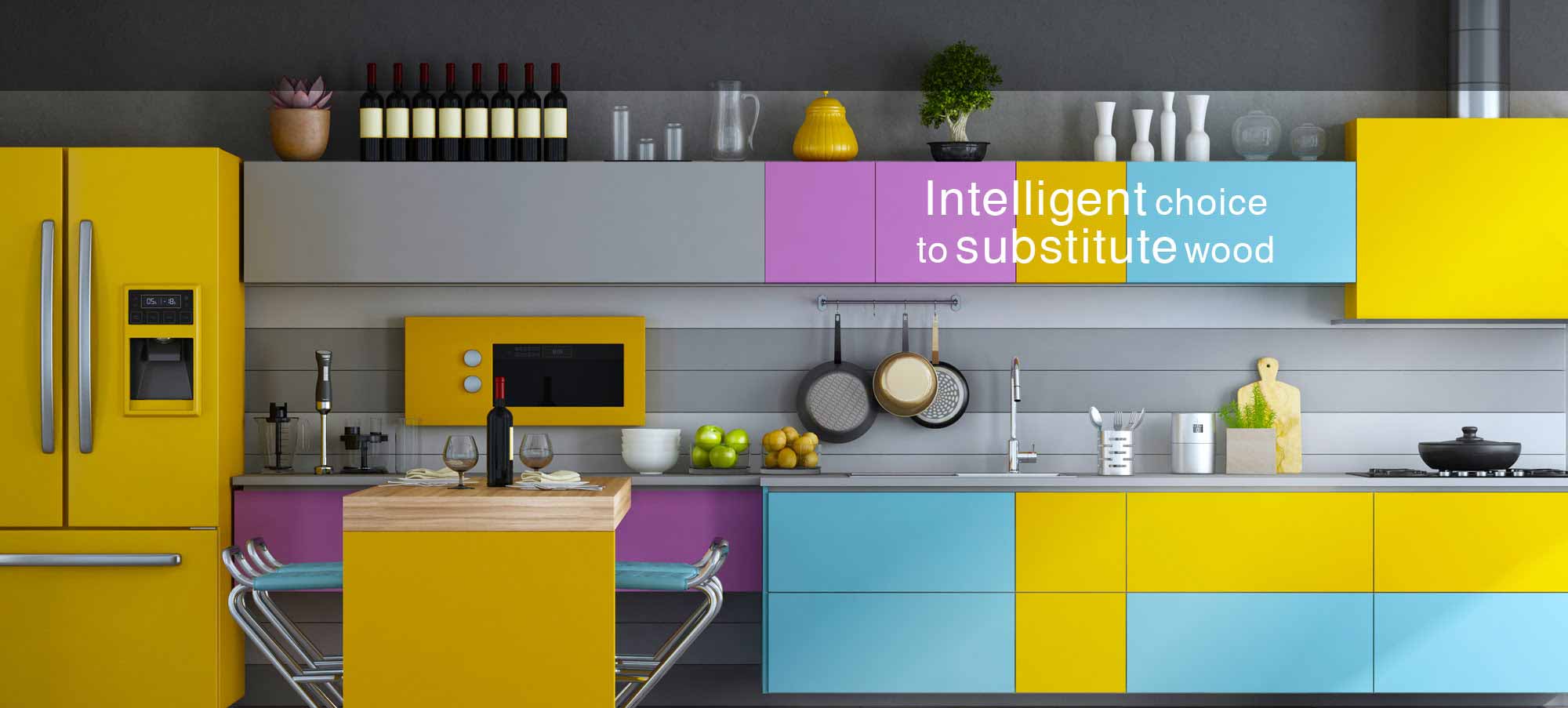
How to make Kitchen attractive?
09 Oct, 2021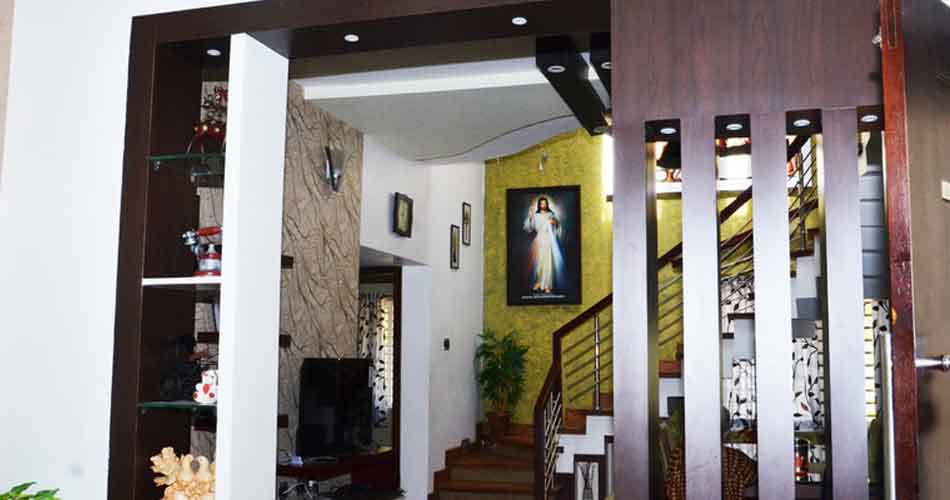
Interior design materials that are the most Eco-Fr...
11 Oct, 2021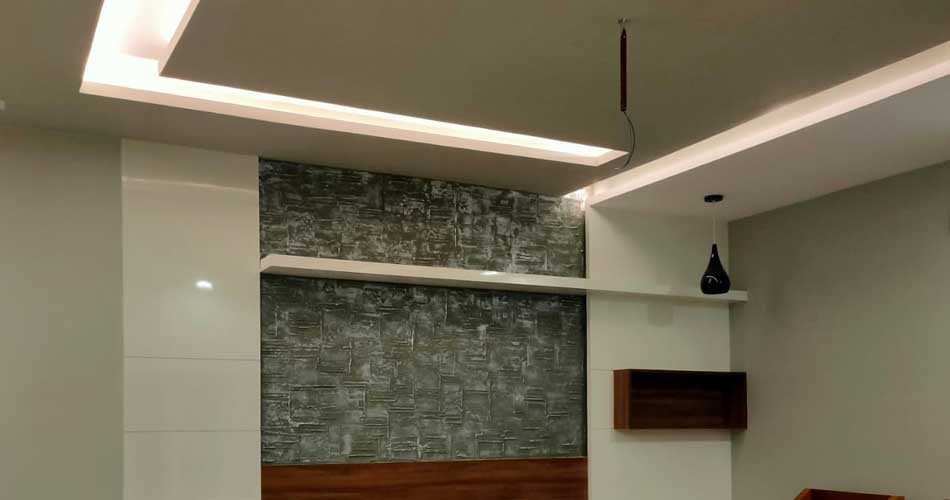
Ideas for Stunning Ceilings
11 Oct, 2021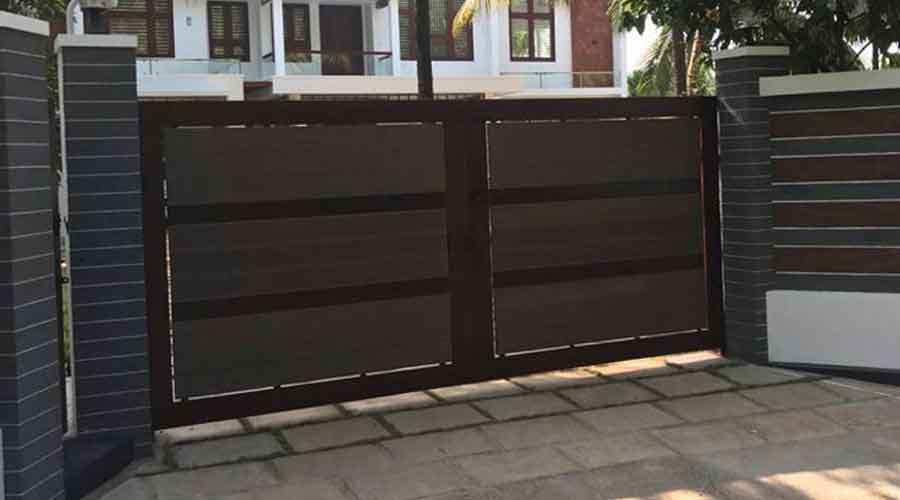
Looking for an appropriate Gate for your House?
29 Oct, 2021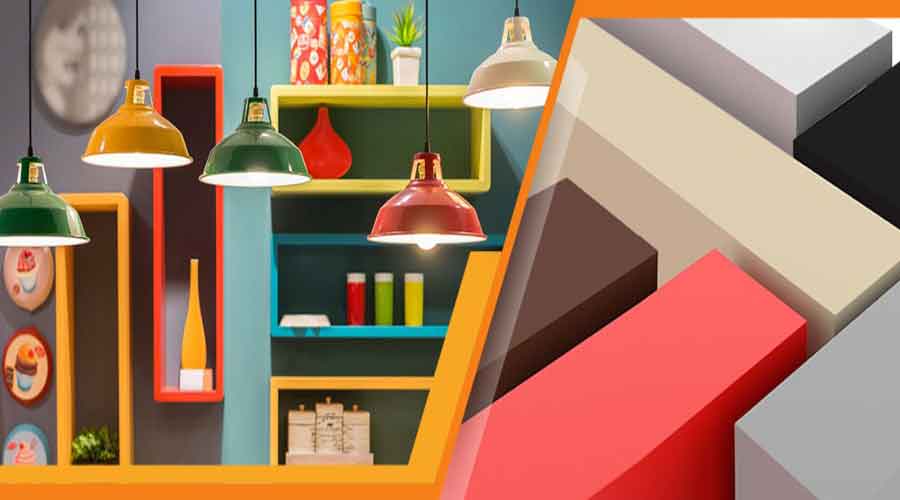
Manufacturing and Resistance of WPC Boards, PVC Sh...
29 Oct, 2021
Why most people choose PVC Walls
19 Jan, 2022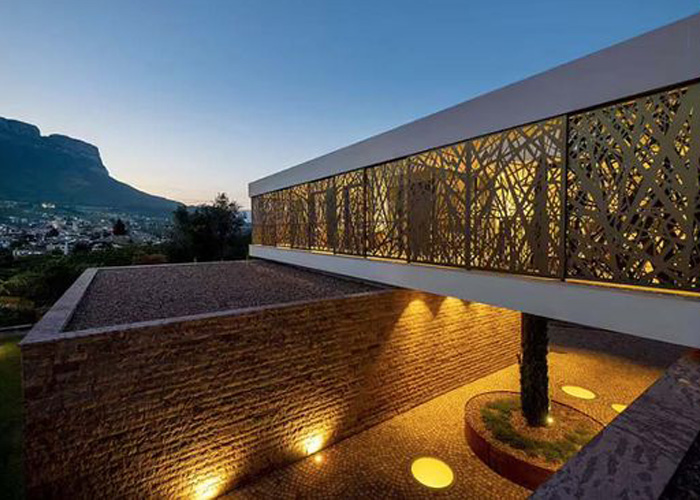
How Amazingly Facade Adorns An Architecture!
02 Mar, 2022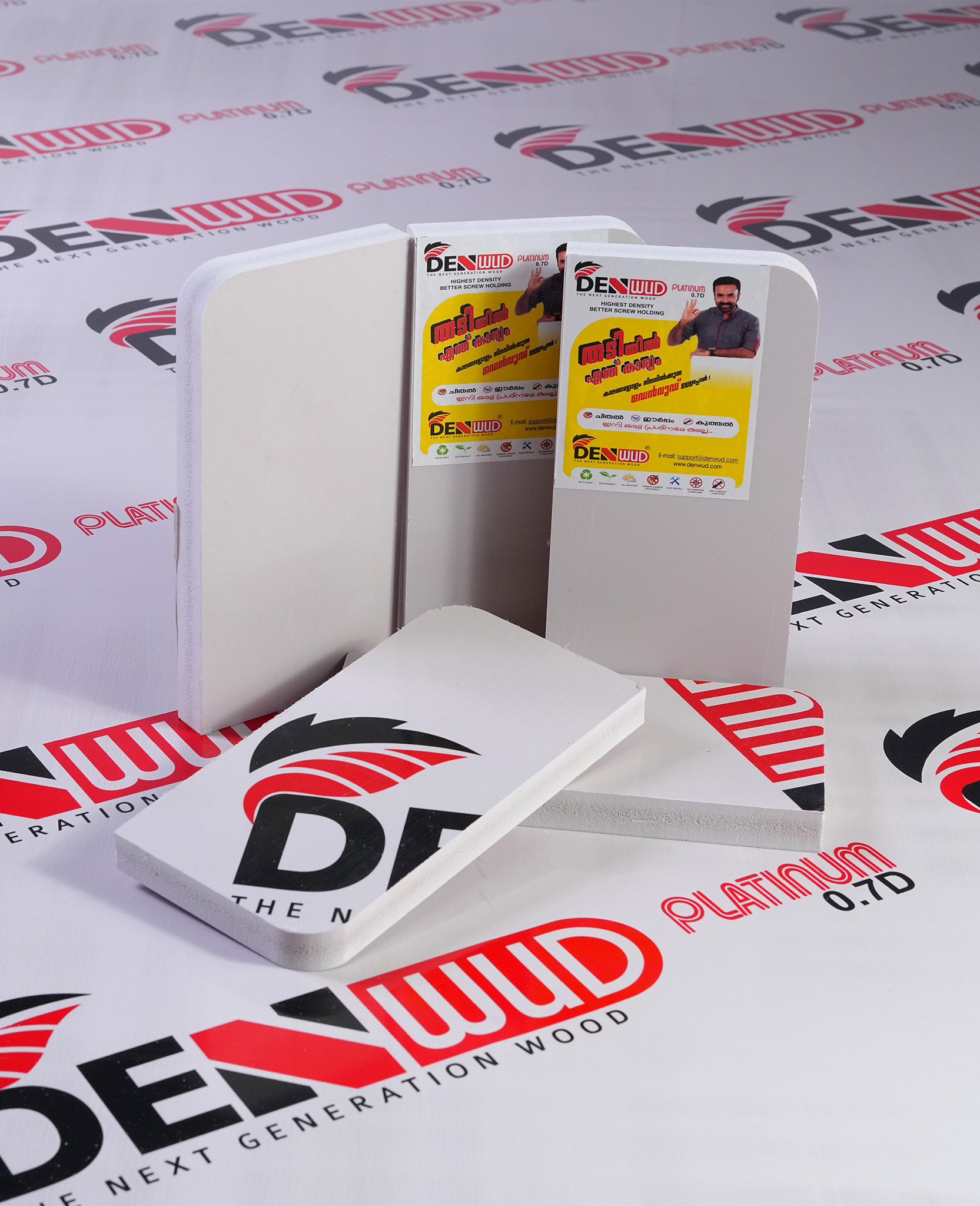
Advantages of WPC Boards Over Plywoods
20 Dec, 2023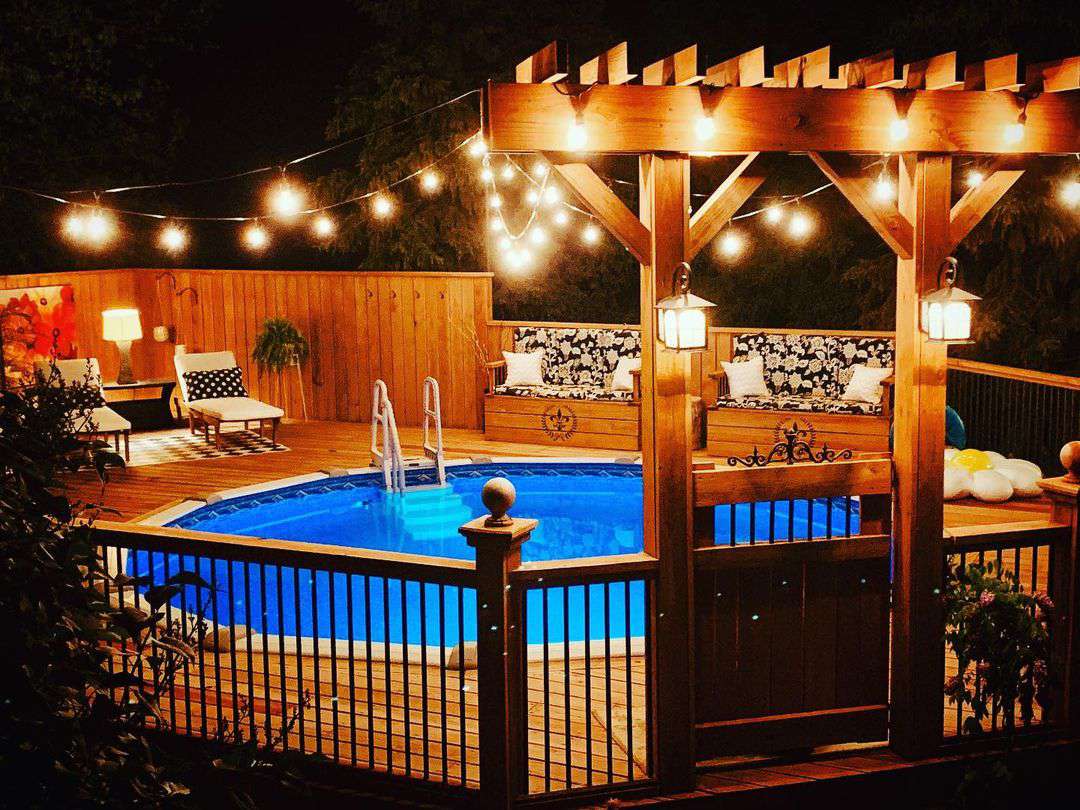
Creating Stunning Outdoor Spaces with Denwud's...
08 Jan, 2024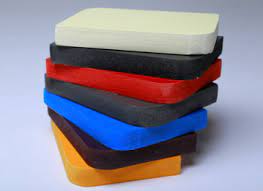
5 Reasons Why You Should Choose PVC Foam Sheets...
10 Jan, 2024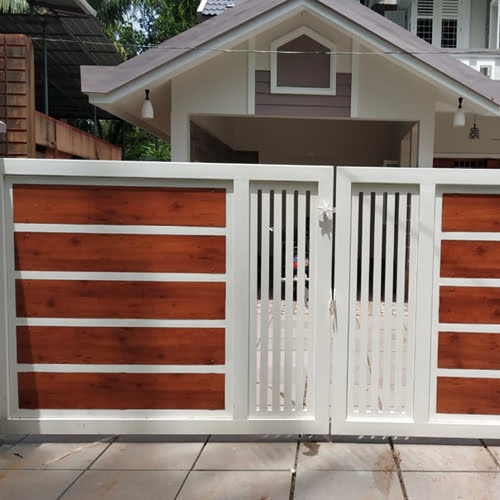
Installing and Maintaining PVC and WPC Products
18 Jan, 2024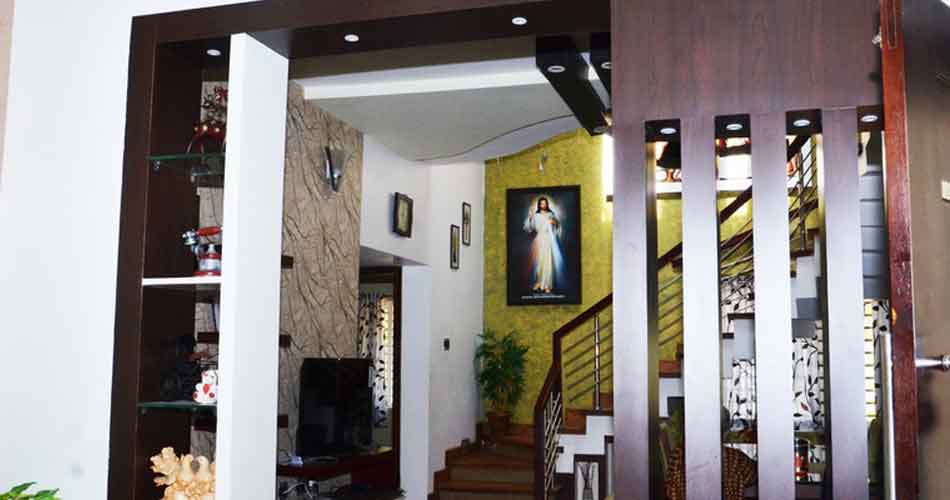
How to Create an Eco-Friendly Interior
29 Jan, 2024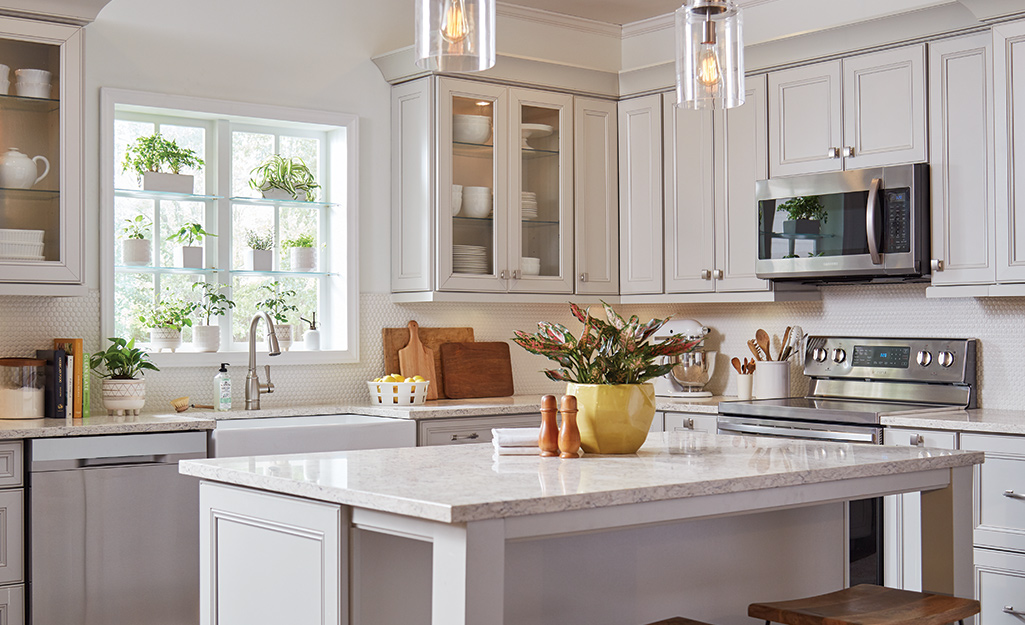
5 Creative Ideas for Kitchen Cabinets
06 Feb, 2024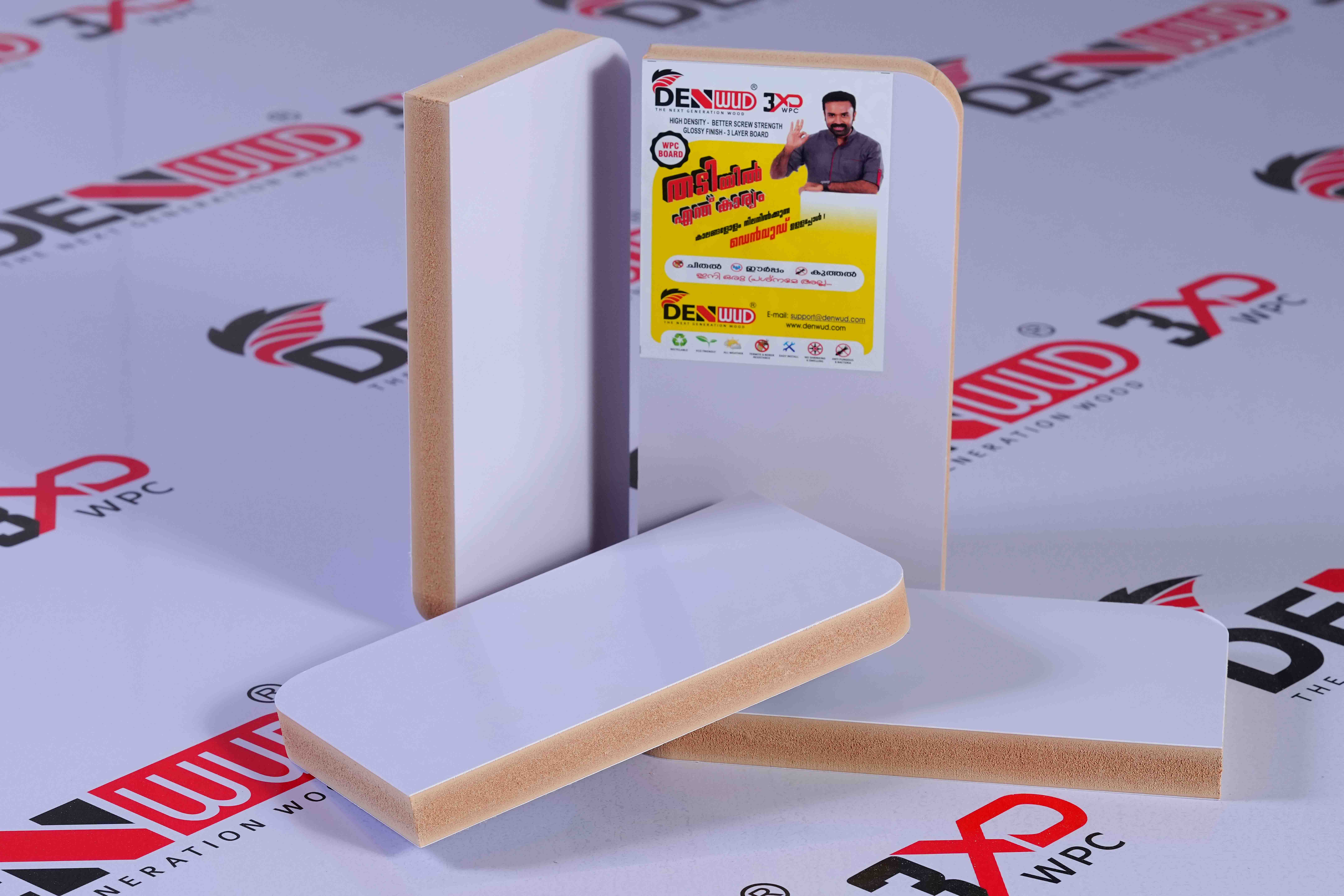
Benefits of Choosing WPC Boards | Denwudn | Kerala
14 Feb, 2024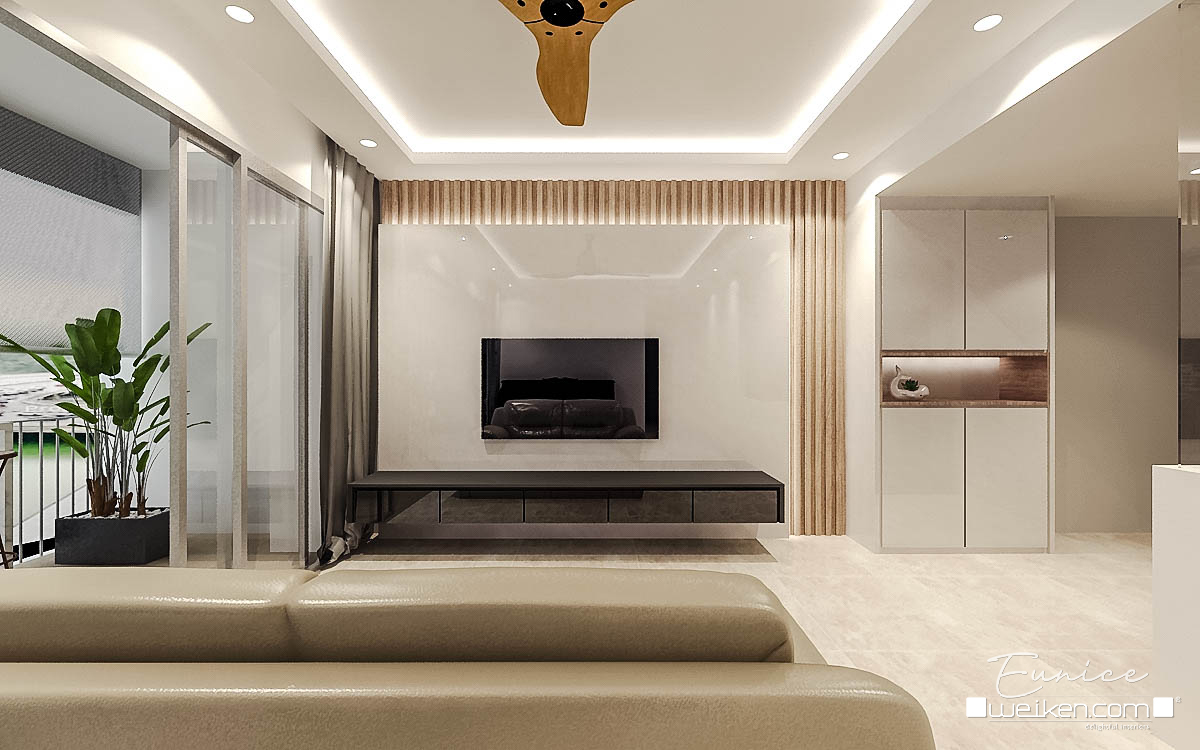
Interior Design Ideas with Fluted Wall and Ceiling...
22 Feb, 2024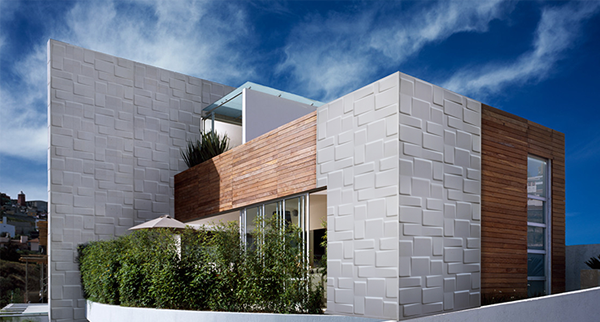
Why WPC Is The Architect’s New Favorite
11 Mar, 2024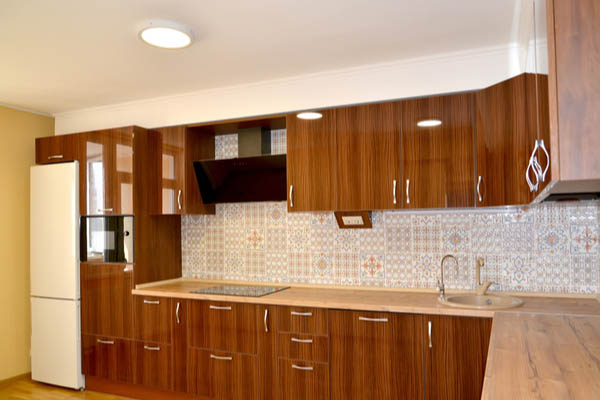
Advantages of PVC Furniture: Stylish, Durable, and...
19 Mar, 2024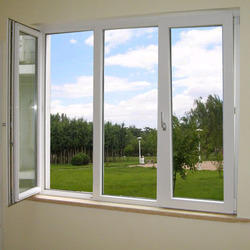
4 Reasons Why PVC Windows and Doors Are the Ultima...
27 Mar, 2024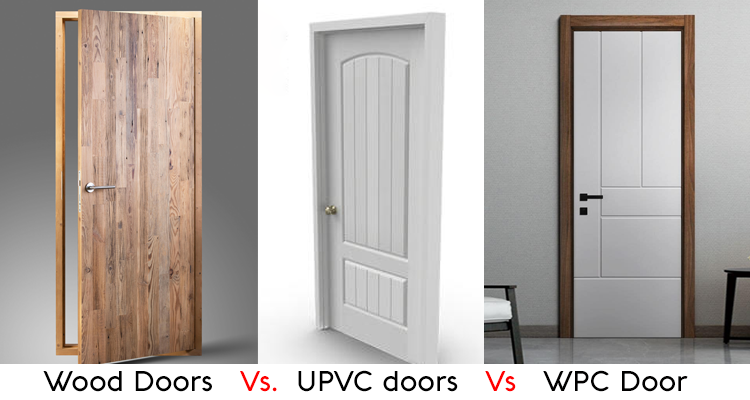
Which is the Superior Choice? WPC Doors vs. FRP Do...
11 Apr, 2024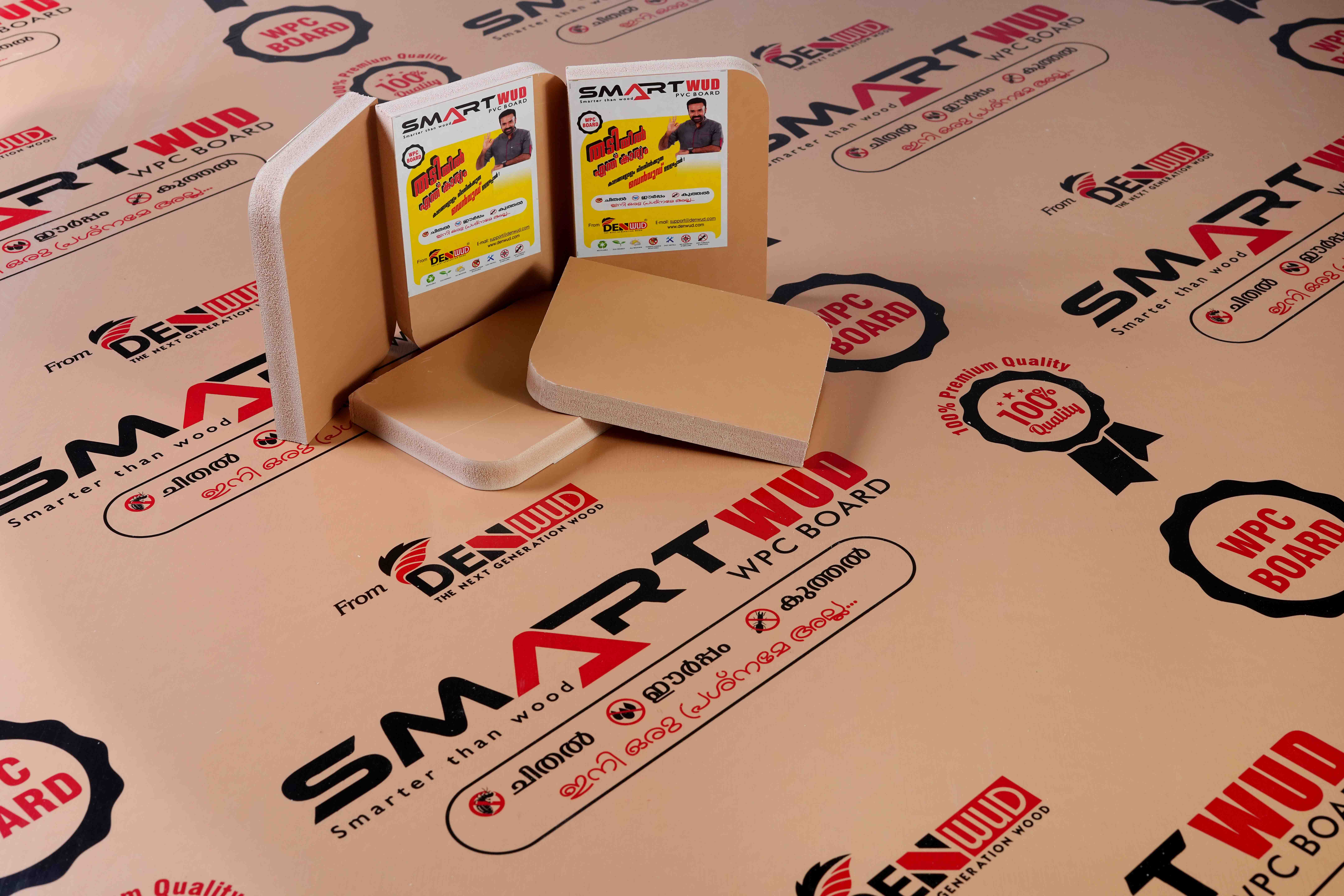
5 Reasons why you should use WPC doors
14 May, 2024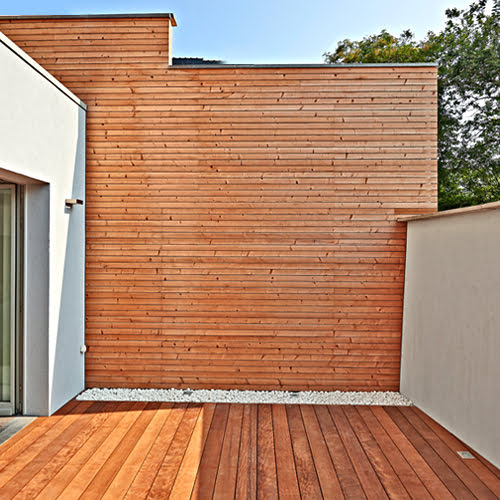
Choose Sustainability with WPC Board: The Future o...
30 May, 2024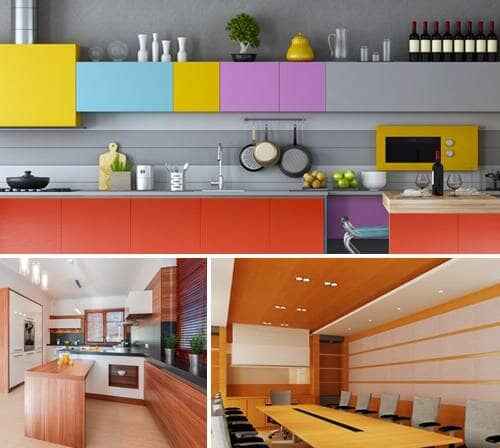
Comparing WPC Boards to Traditional Wood: Pros and...
25 Jun, 2024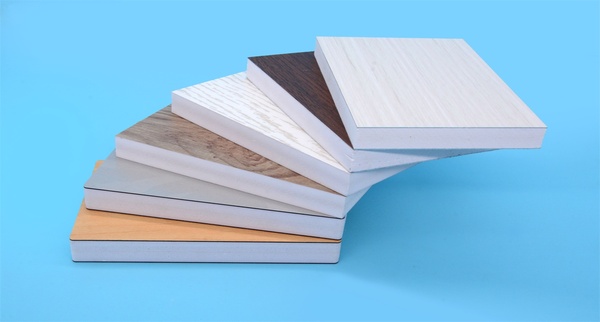
Choosing the Right PVC Foam Board for Your Project...
25 Jul, 2024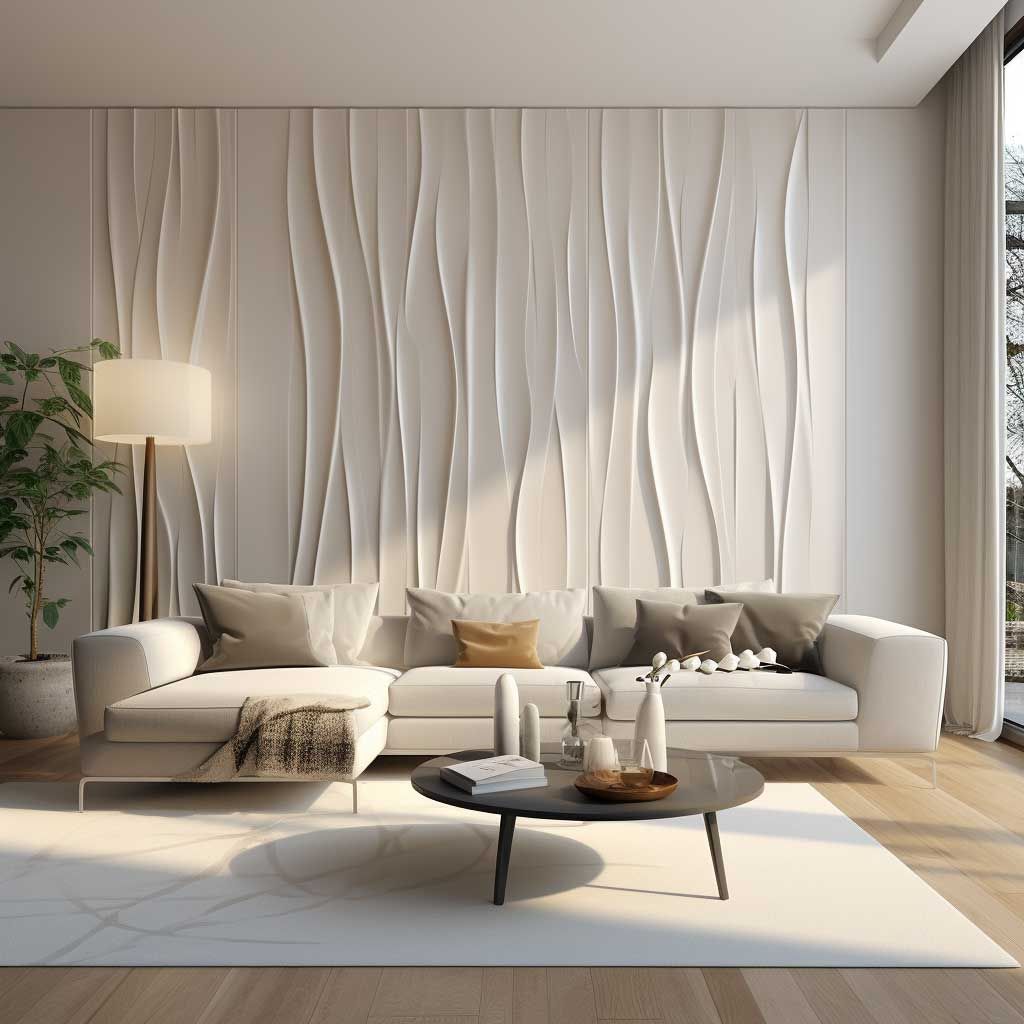
Transforming Interiors with PVC Foam Board: Modern...
16 Aug, 2024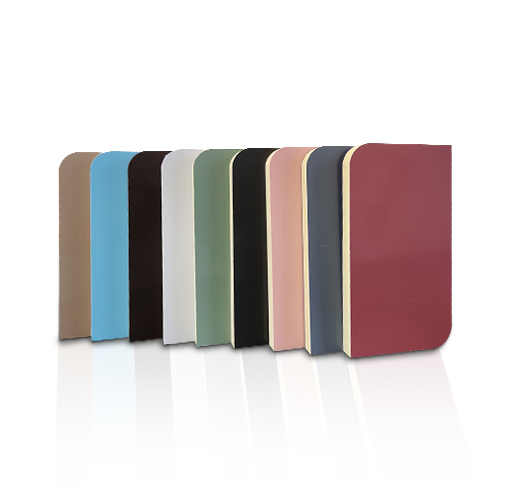
Maintaining and caring for WPC boards: Tips for Lo...
28 Aug, 2024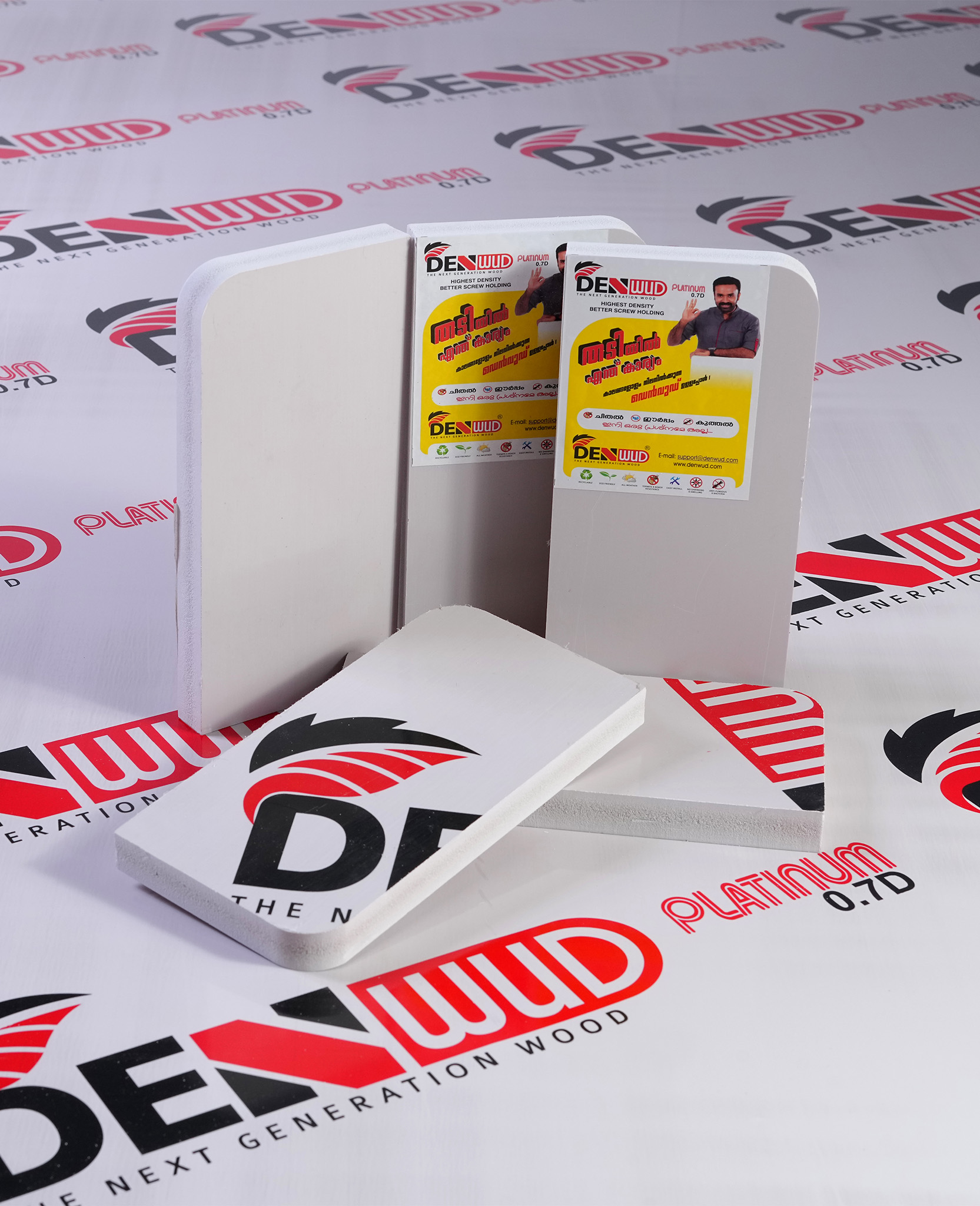
Why WPC Boards Are the Perfect Eco-Friendly Altern...
11 Oct, 2024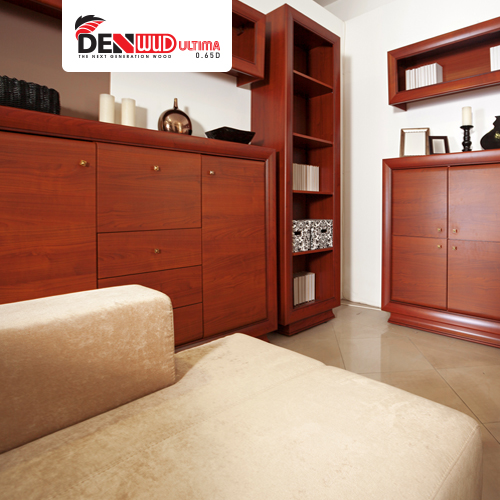
Building Your Dream Interior? Here’s Why WPC and P...
29 Oct, 2024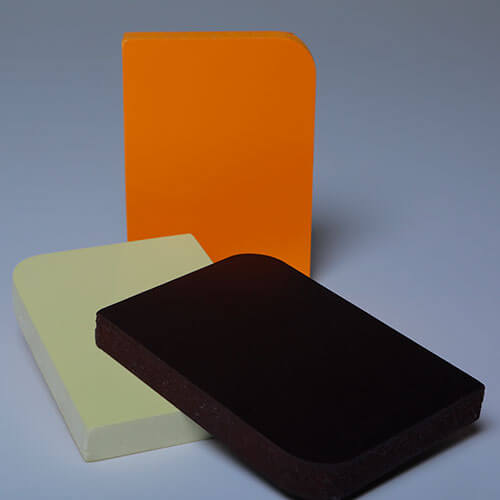
How to Select the Proper PVC Foam Board Thickness...
07 Nov, 2024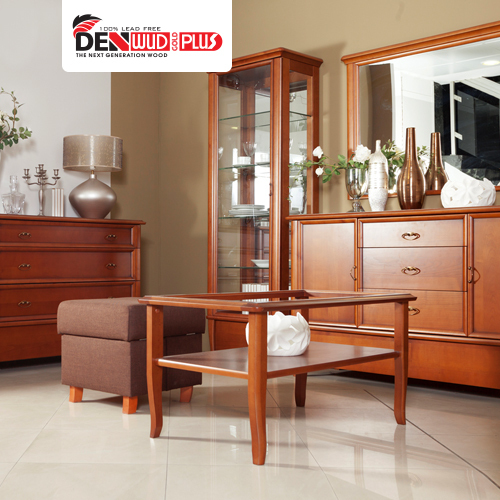
Top Reasons to Choose Multiwood Sheets for Your Ho...
15 Nov, 2024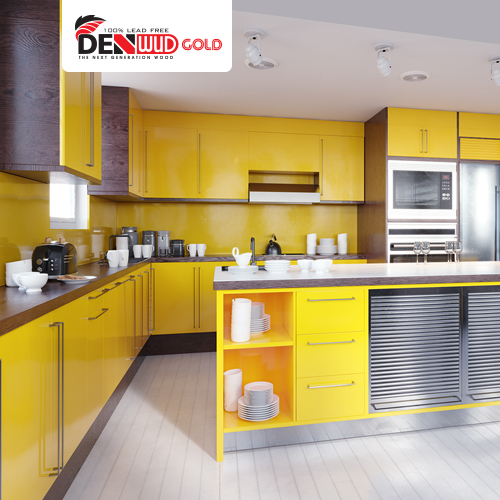
How to Choose the Best Multiwood Dealer for Your H...
05 Dec, 2024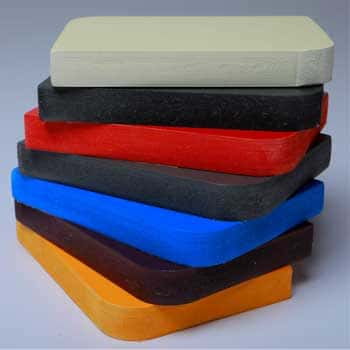
Cost-Effective Solutions: How PVC Foam Boards Can...
28 Dec, 2024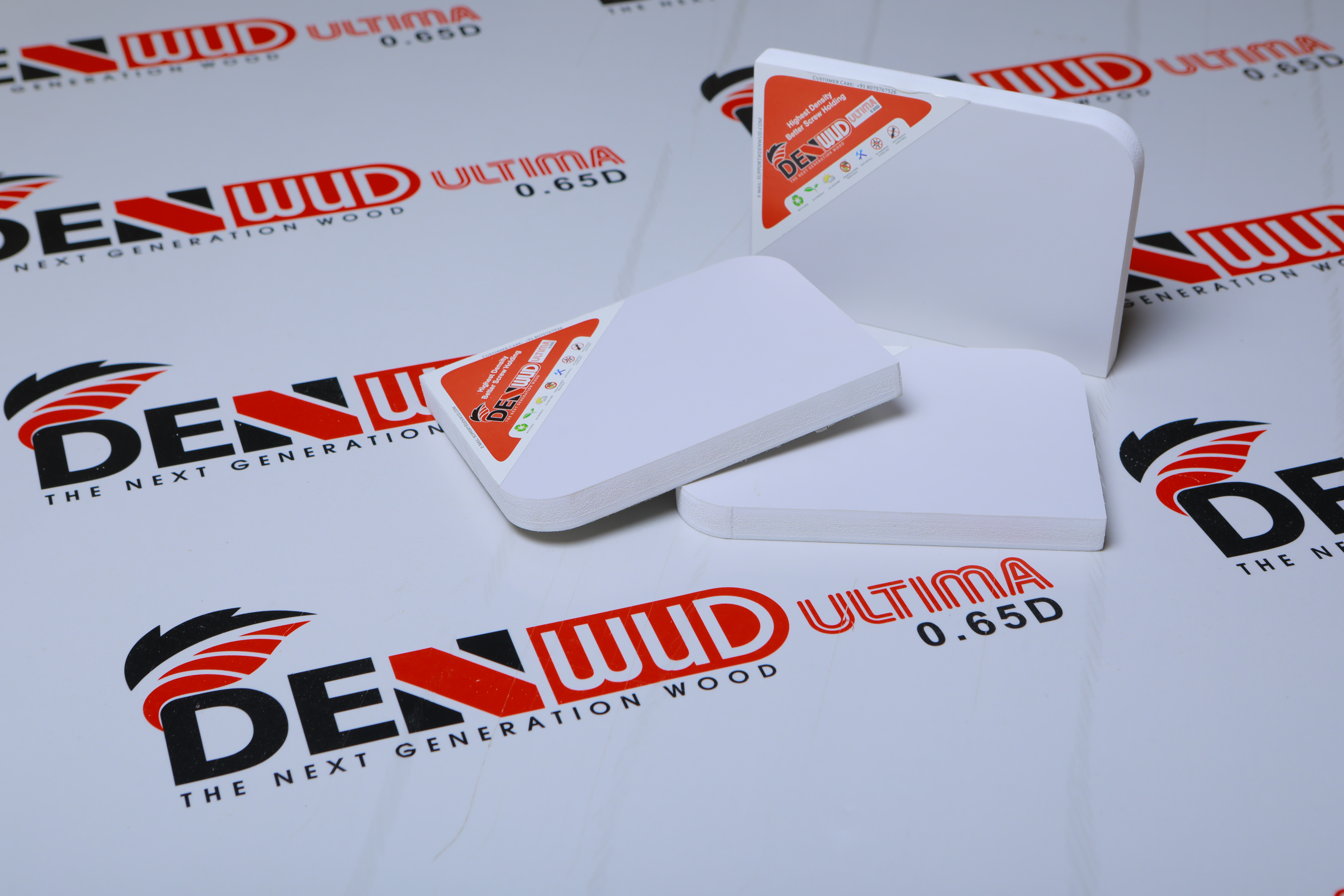
How Denwud Sheets Offer a Budget-Friendly Solution...
30 Jan, 2025
Why Choose WPC Boards for Your Home Renovation in...
14 Feb, 2025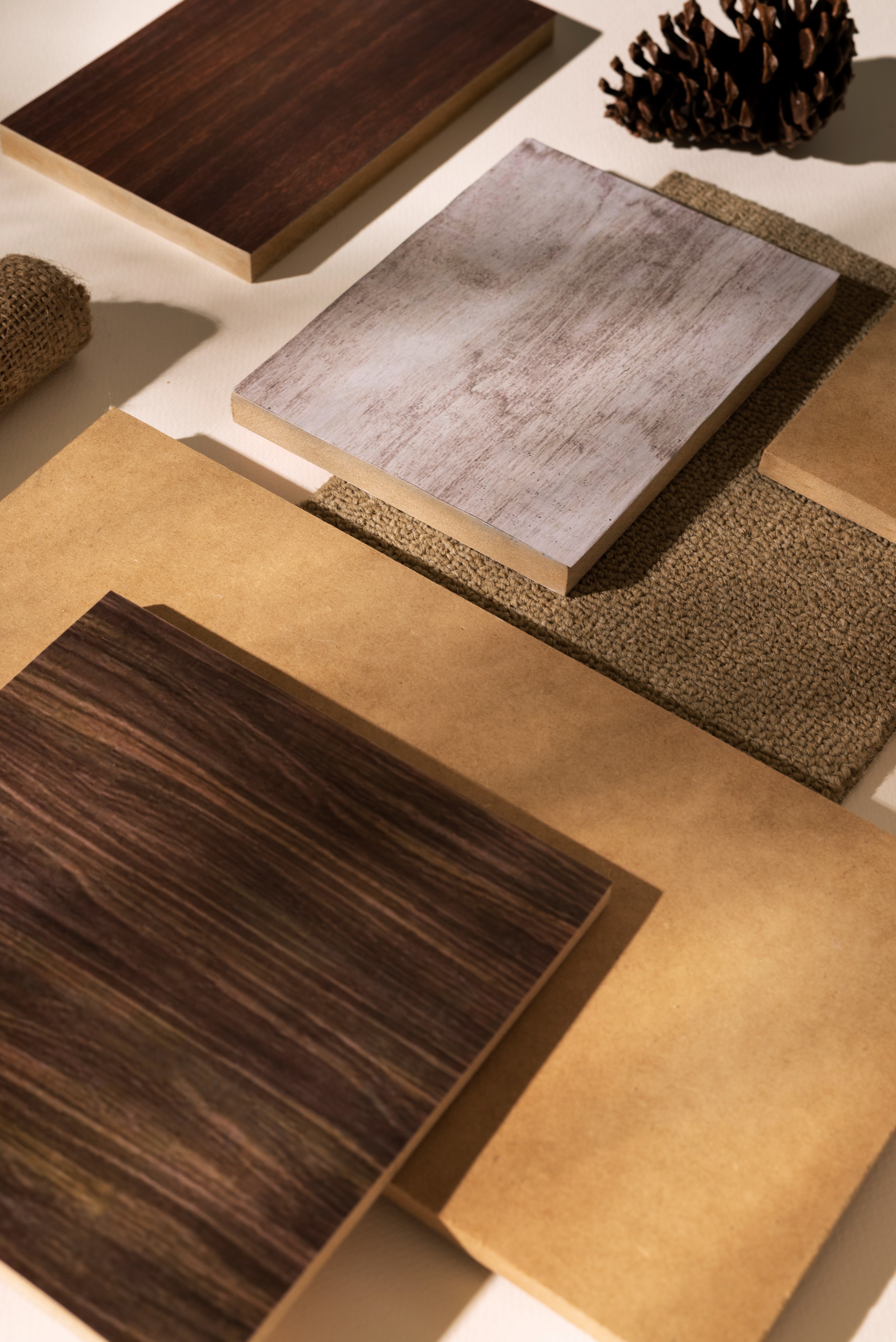
WPC Boards for Outdoor Use: Durability and Weather...
25 Feb, 2025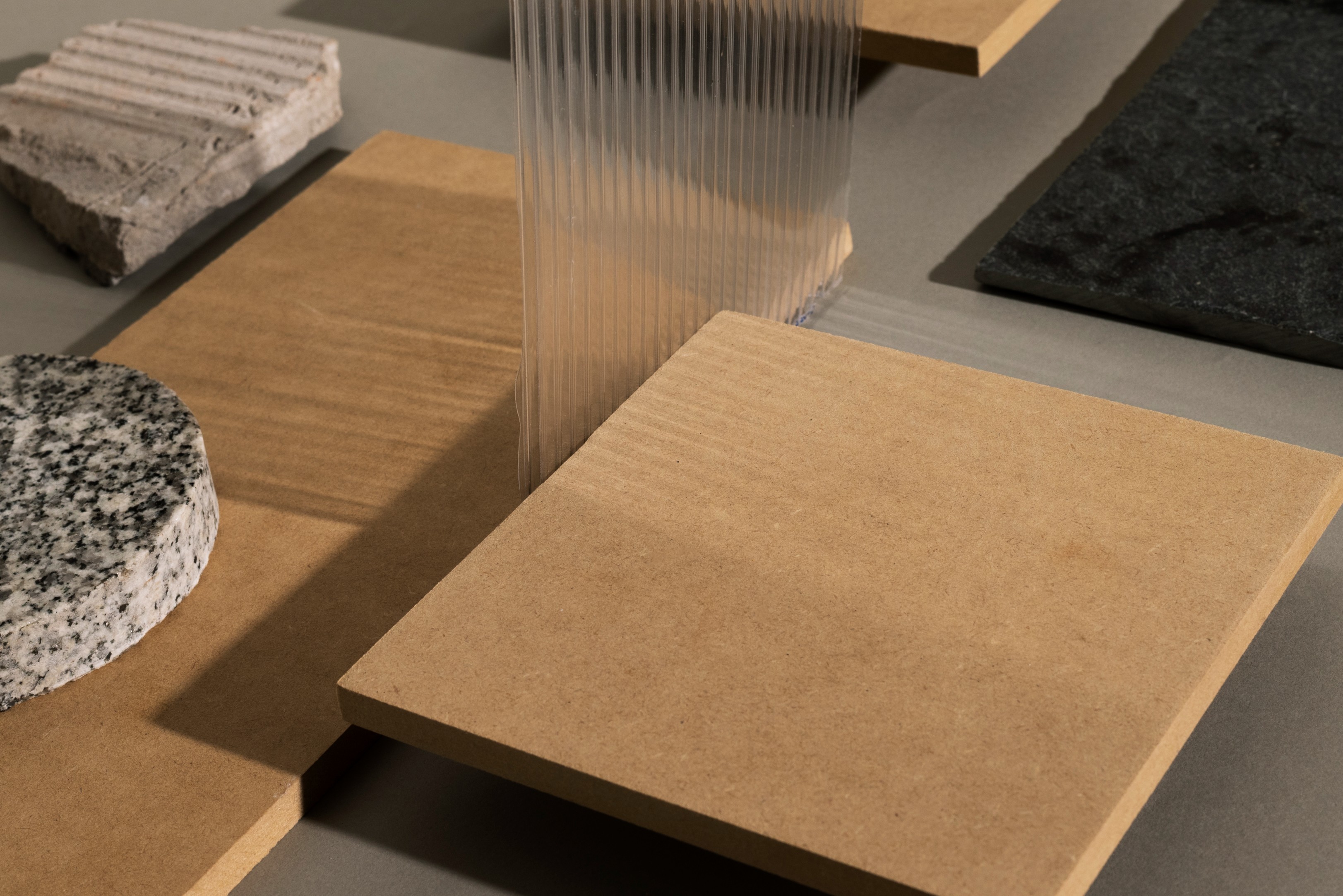
Comparison of WPC Boards with Other Composite Mate...
06 Mar, 2025
Why Multiwood is the Preferred Choice for Modern H...
14 Mar, 2025
How to Choose the Best Multiwood Dealers for Your...
11 Apr, 2025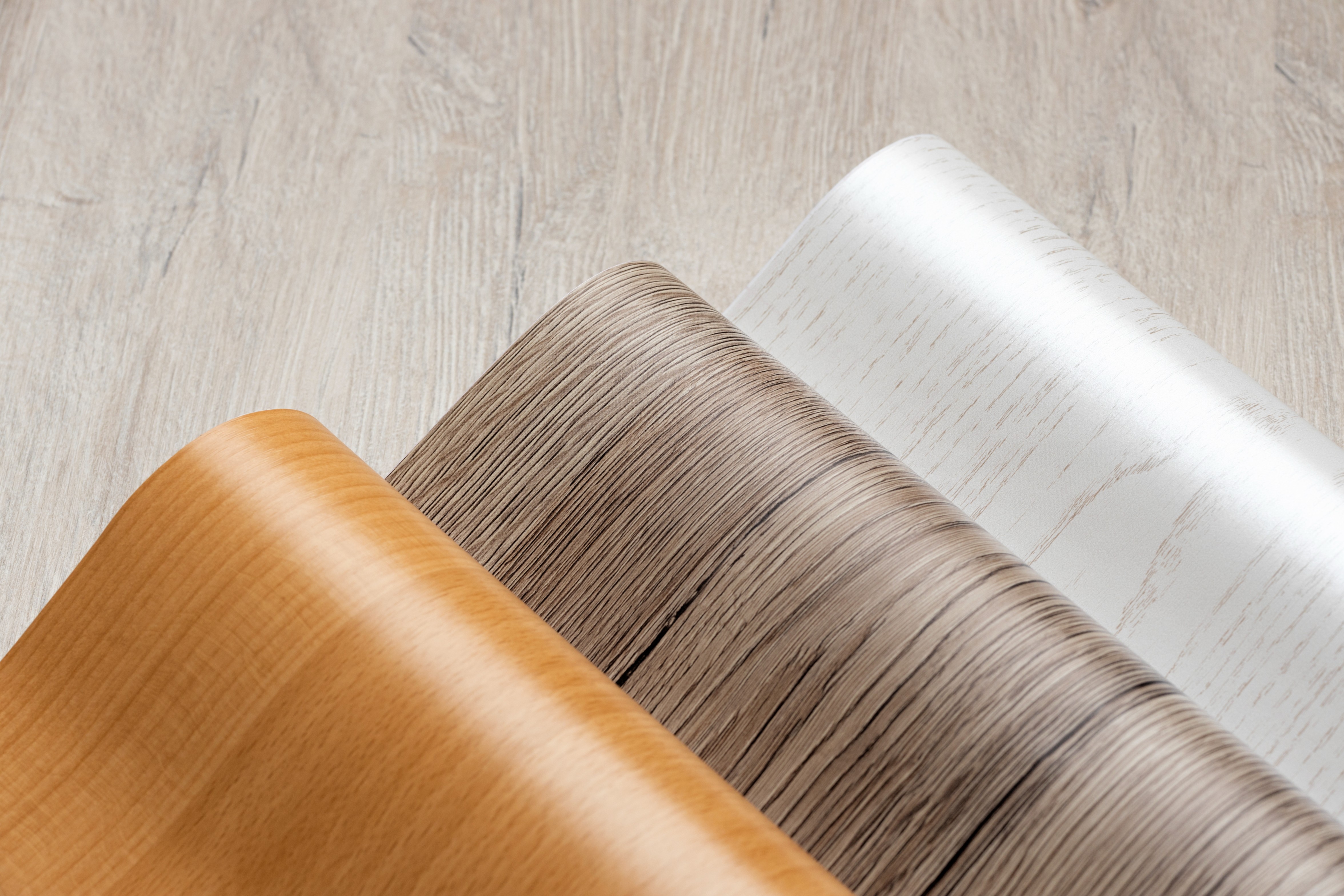
Advantages of Using Multiwood Sheets Over Plywood
25 Apr, 2025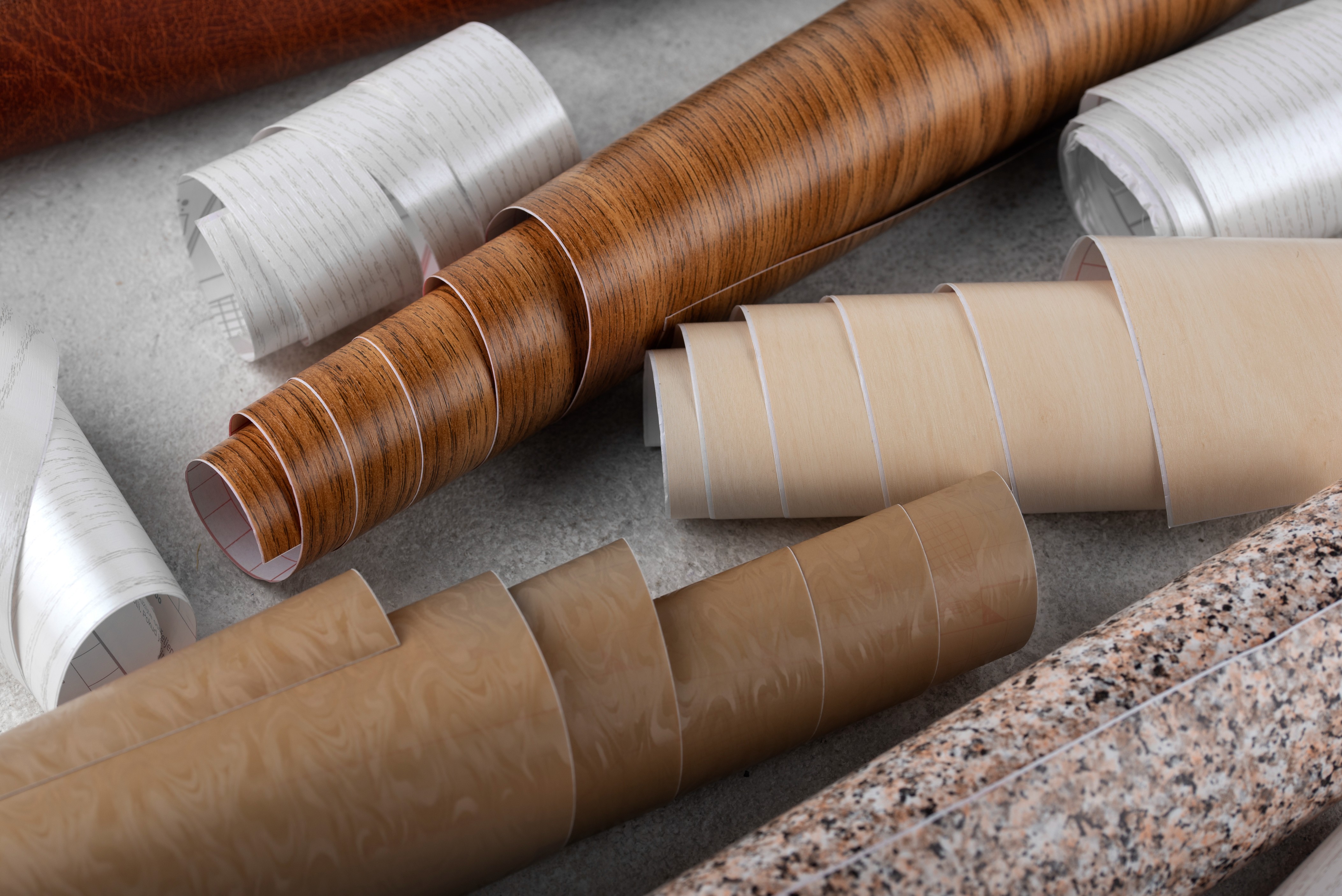
Where to Find the Best Multiwood Sheets for Your H...
05 May, 2025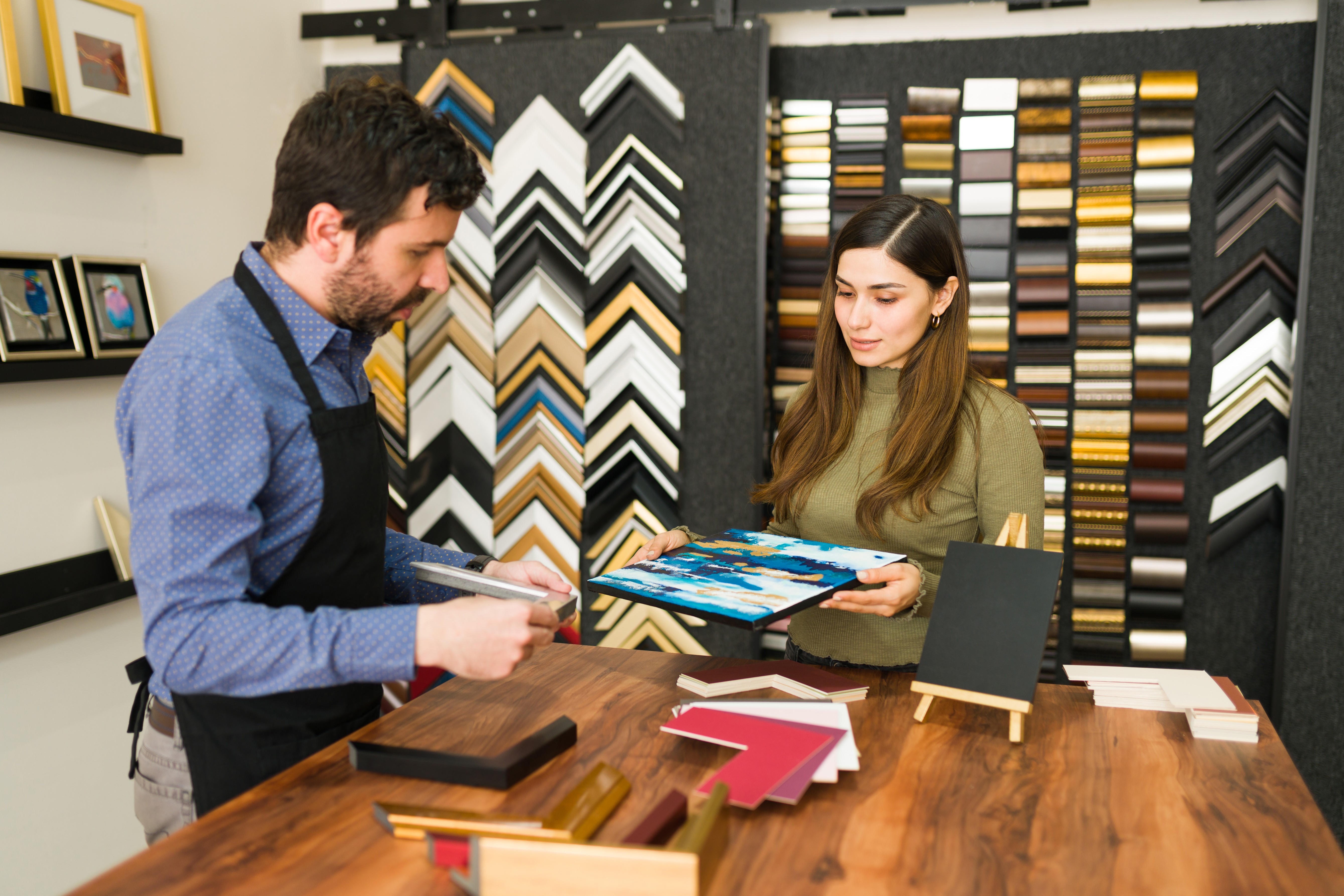
How Multiwood Dealers Are Meeting the Needs of Mod...
16 May, 2025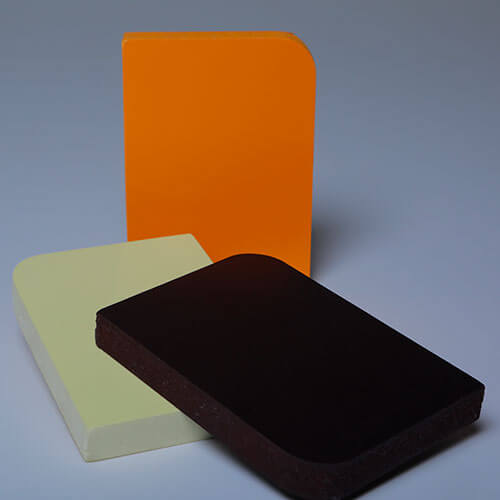
Local Sourcing vs Online Purchase: Where to Buy PV...
05 Jun, 2025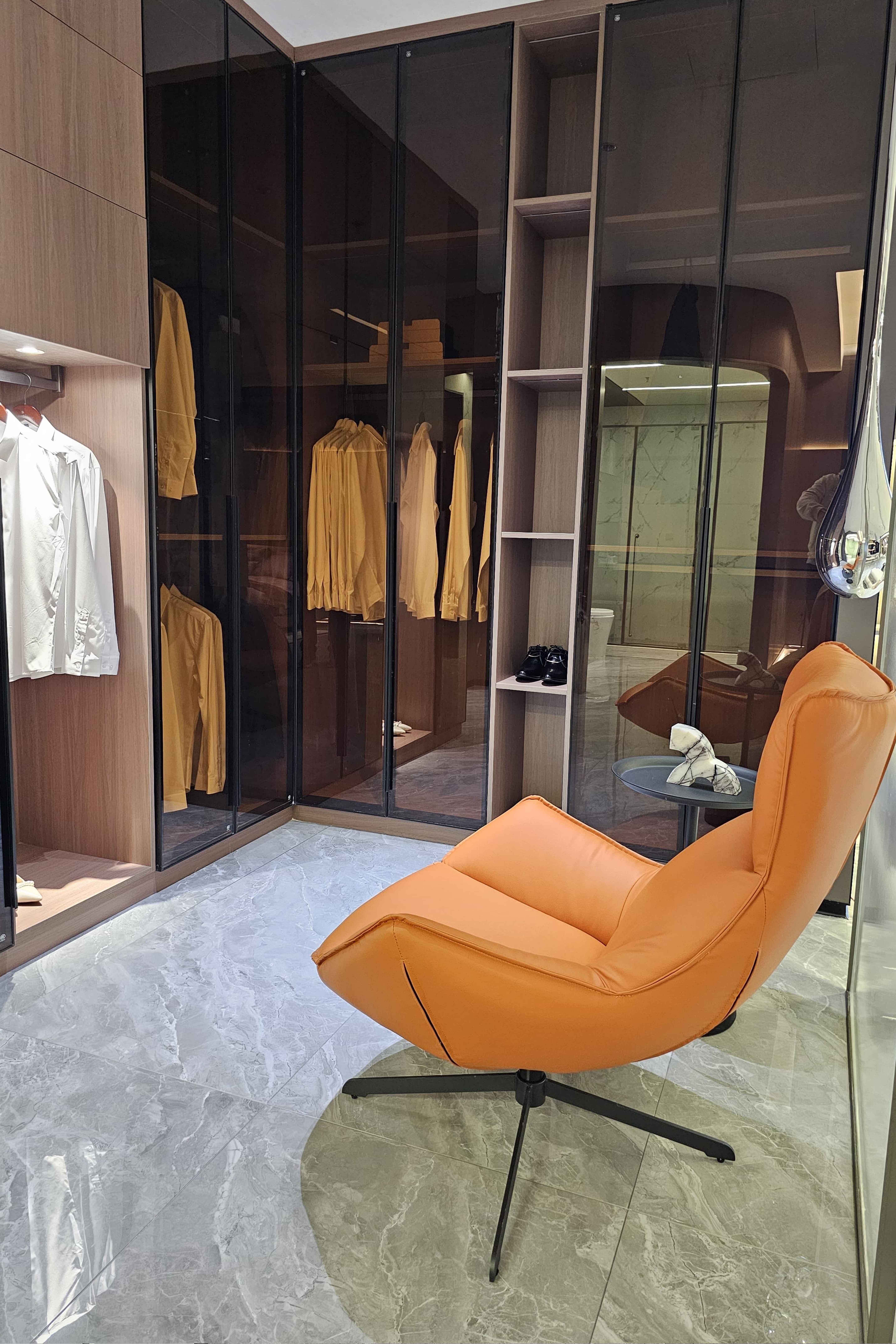
How to Use WPC Boards for Wardrobes and Interior F...
19 Jun, 2025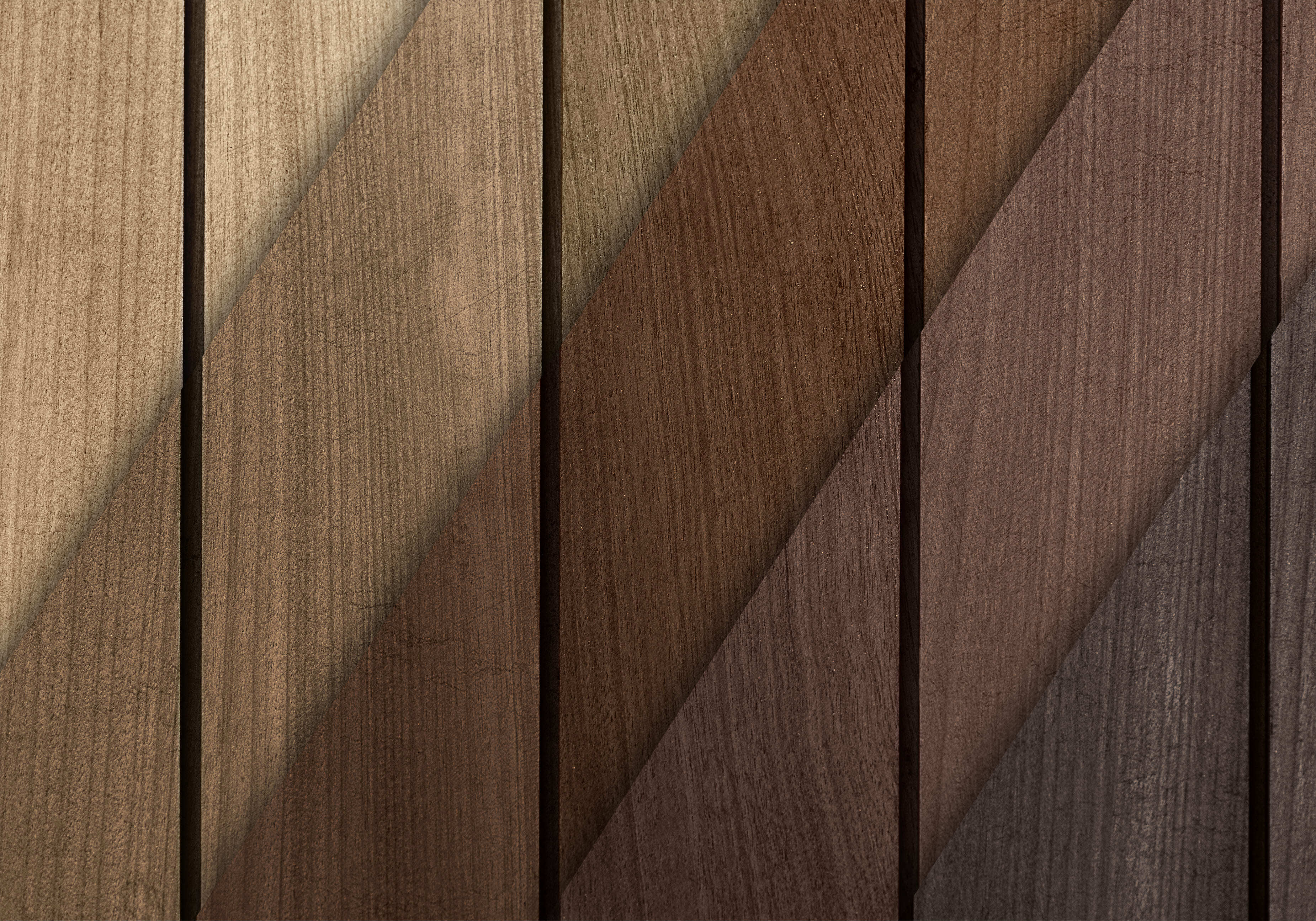
The Beginner’s Guide to Using Multiwood Sheets in...
07 Jul, 2025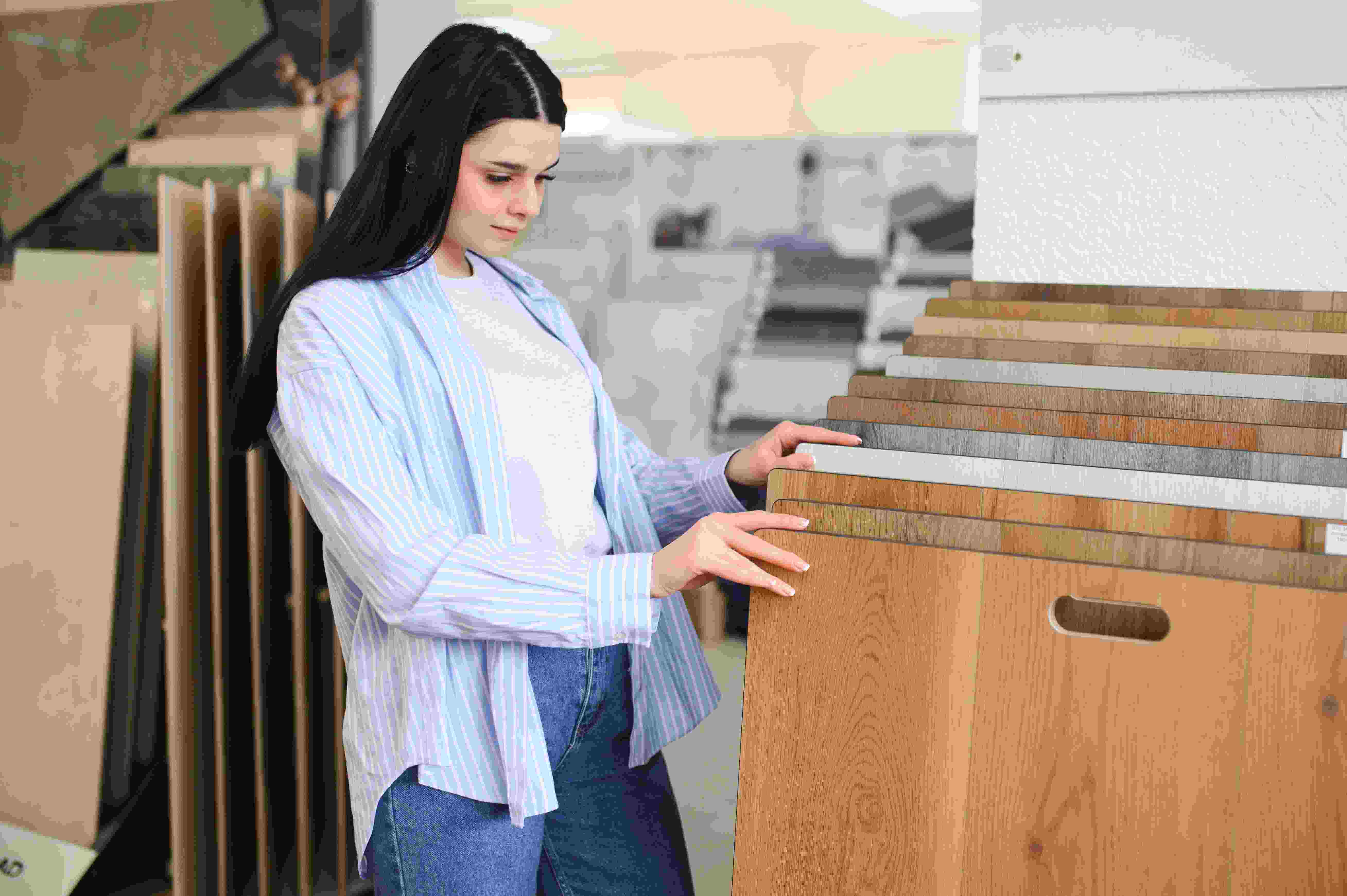
Top Mistakes to Avoid When Using PVC Foam Boards i...
16 Jul, 2025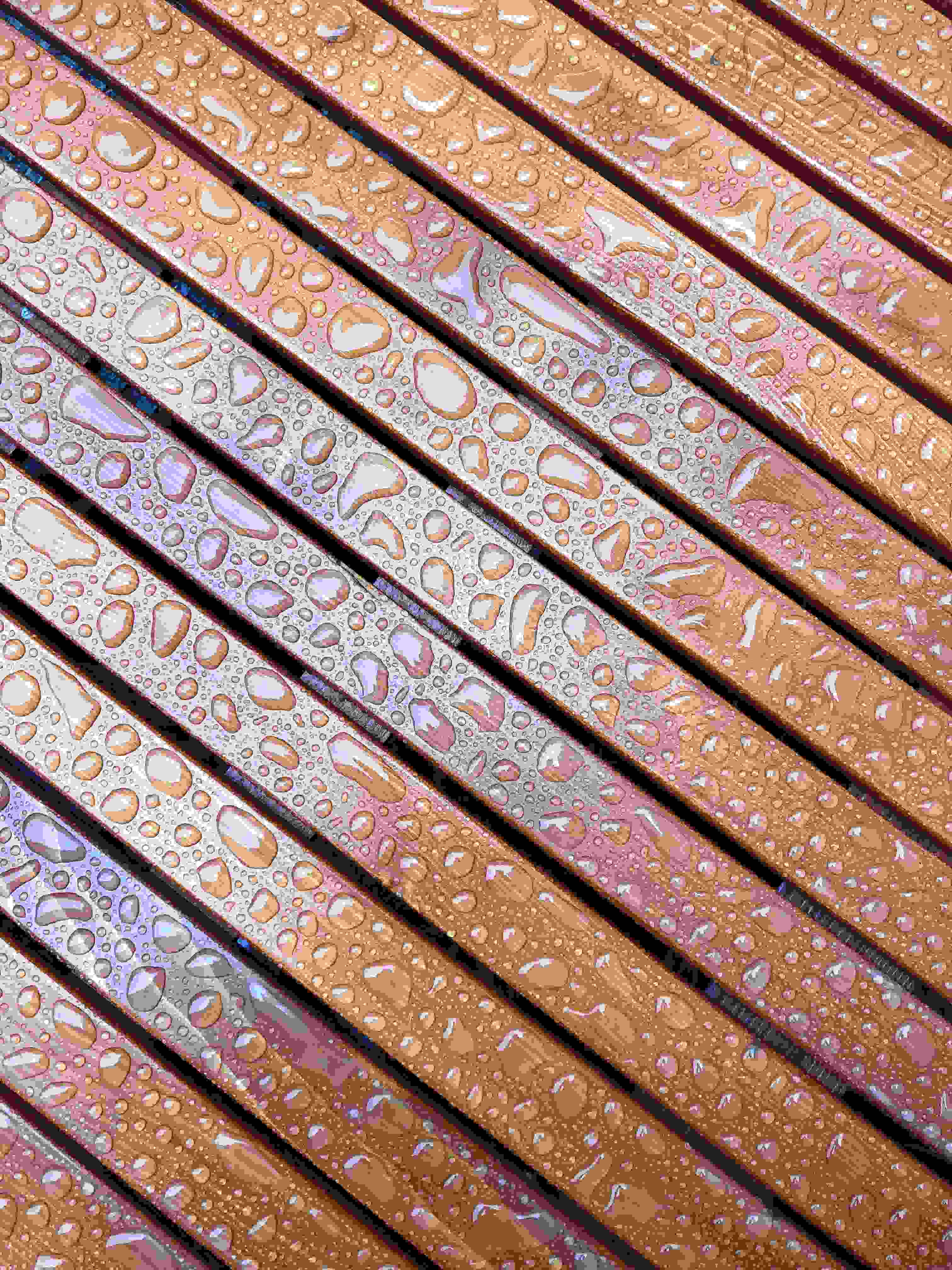
Everything You Should Know About Waterproof WPC Bo...
07 Aug, 2025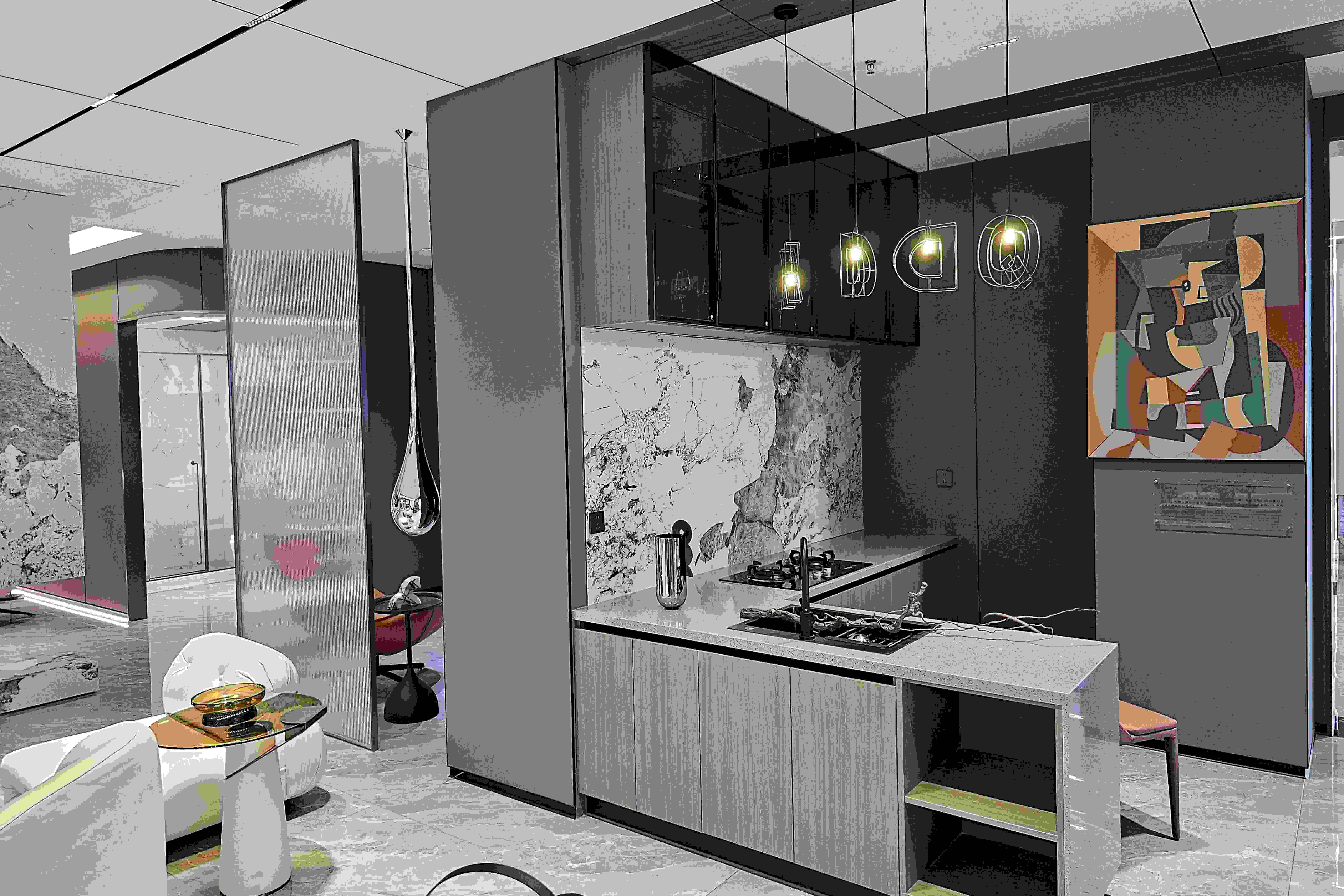
WPC Board vs PVC Board: Which One Should You Choo...
28 Aug, 2025
Emerging Trends in Multiwood Products and How Deal...
12 Sep, 2025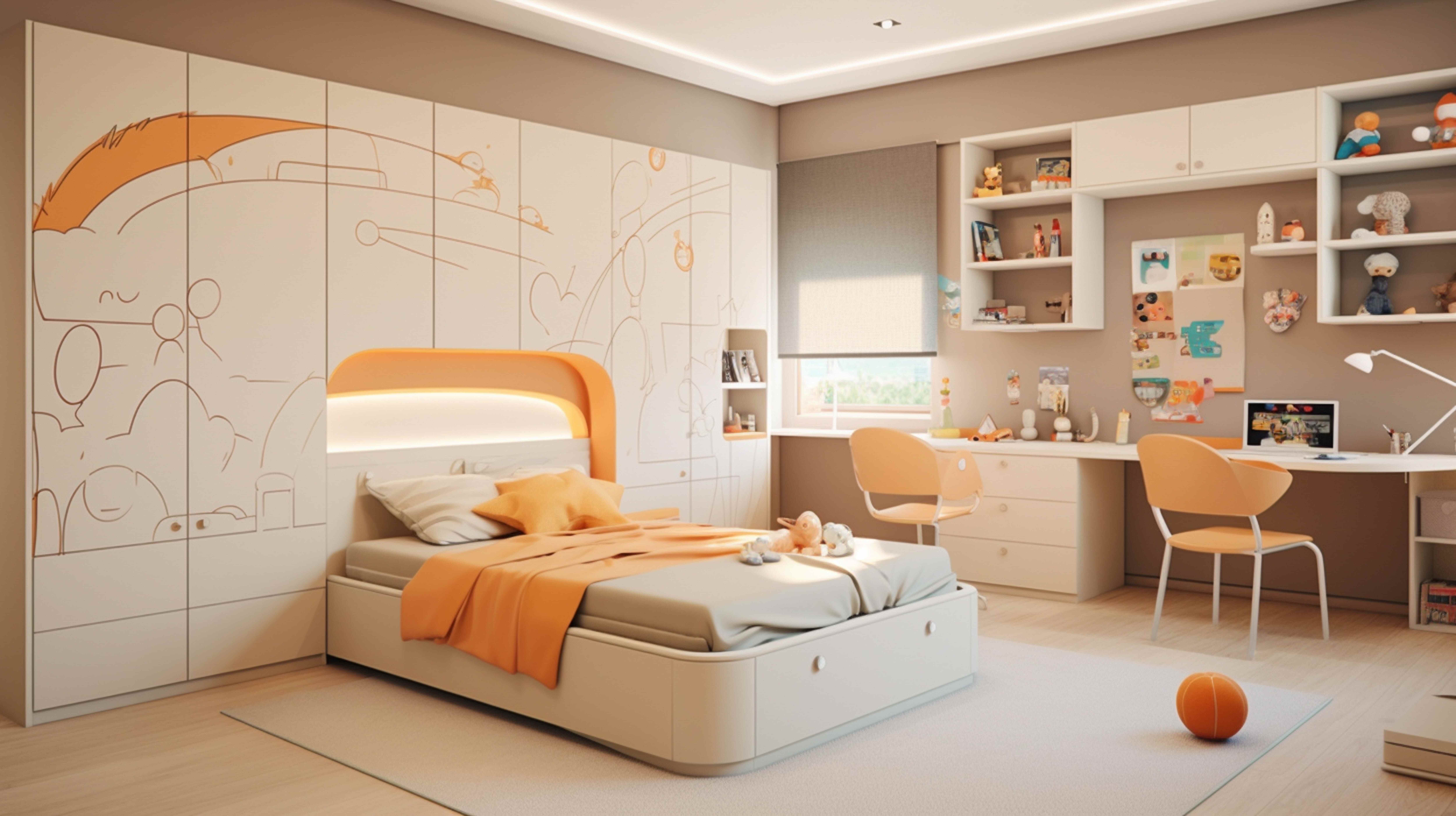
Creative Ideas for Kids’ Room Decor Using PVC Foam...
25 Sep, 2025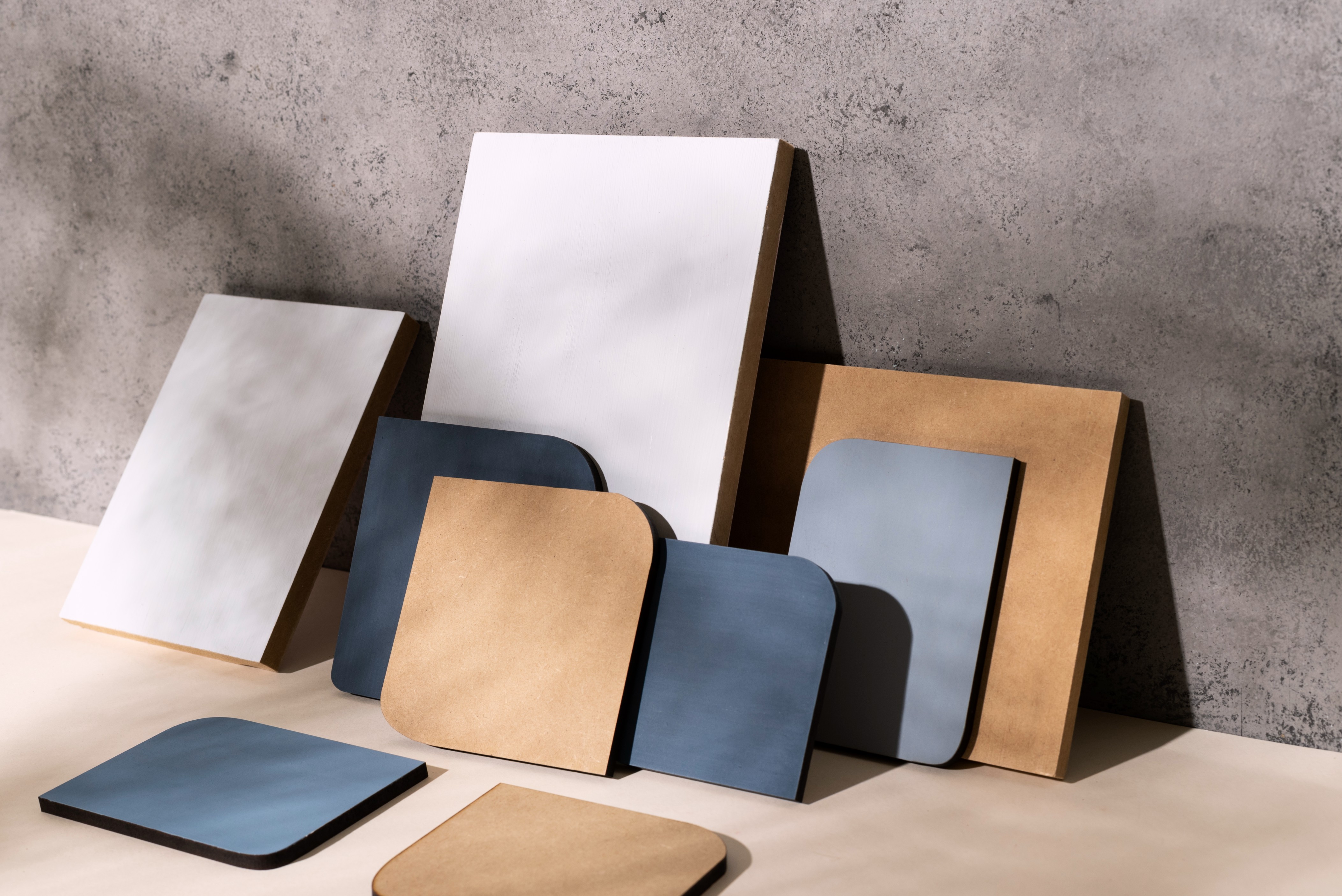
PVC Foam Board vs. Plywood: The Ultimate Compariso...
08 Oct, 2025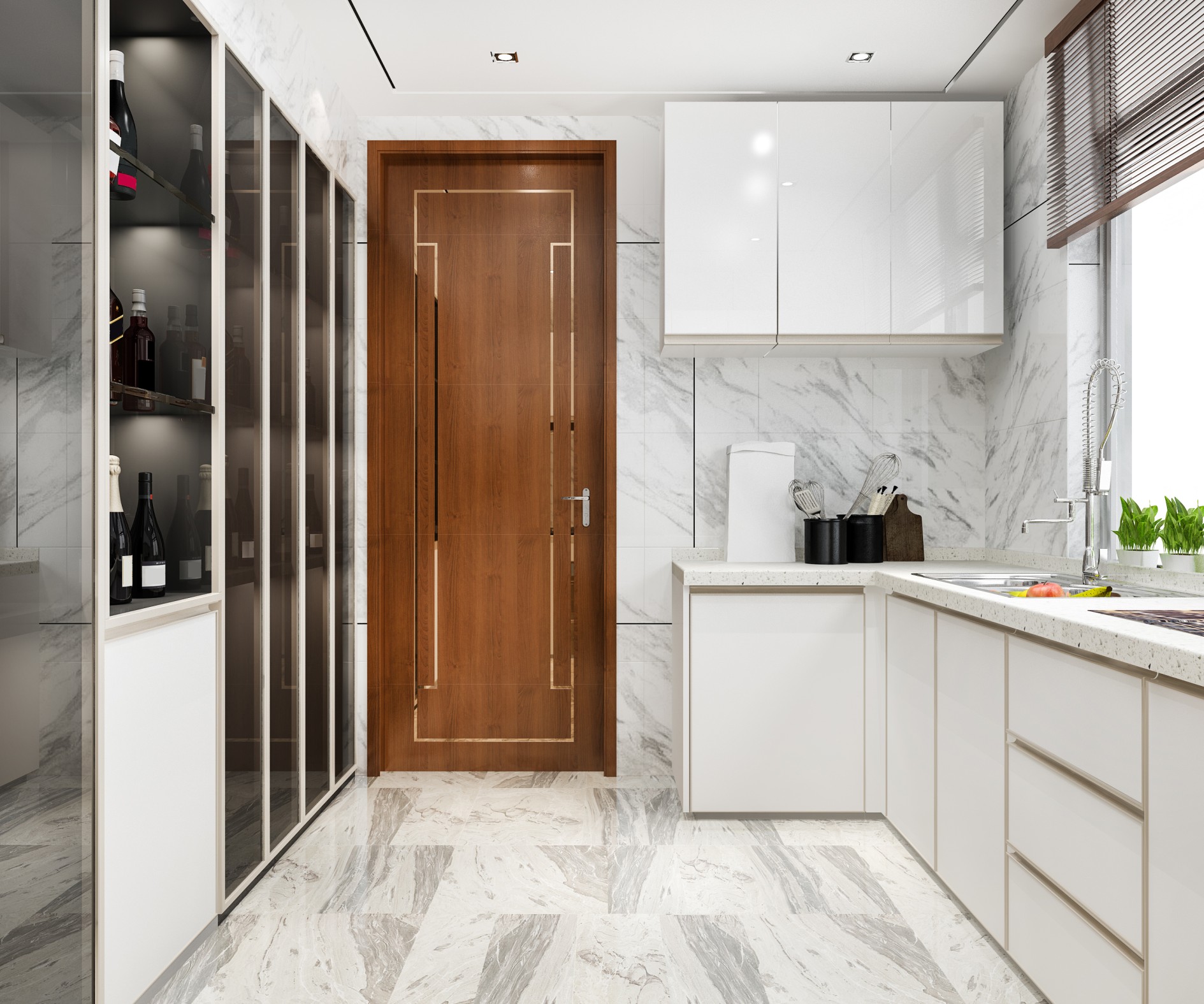
Top Reasons to Choose WPC Bathroom Doors for India...
30 Oct, 2025